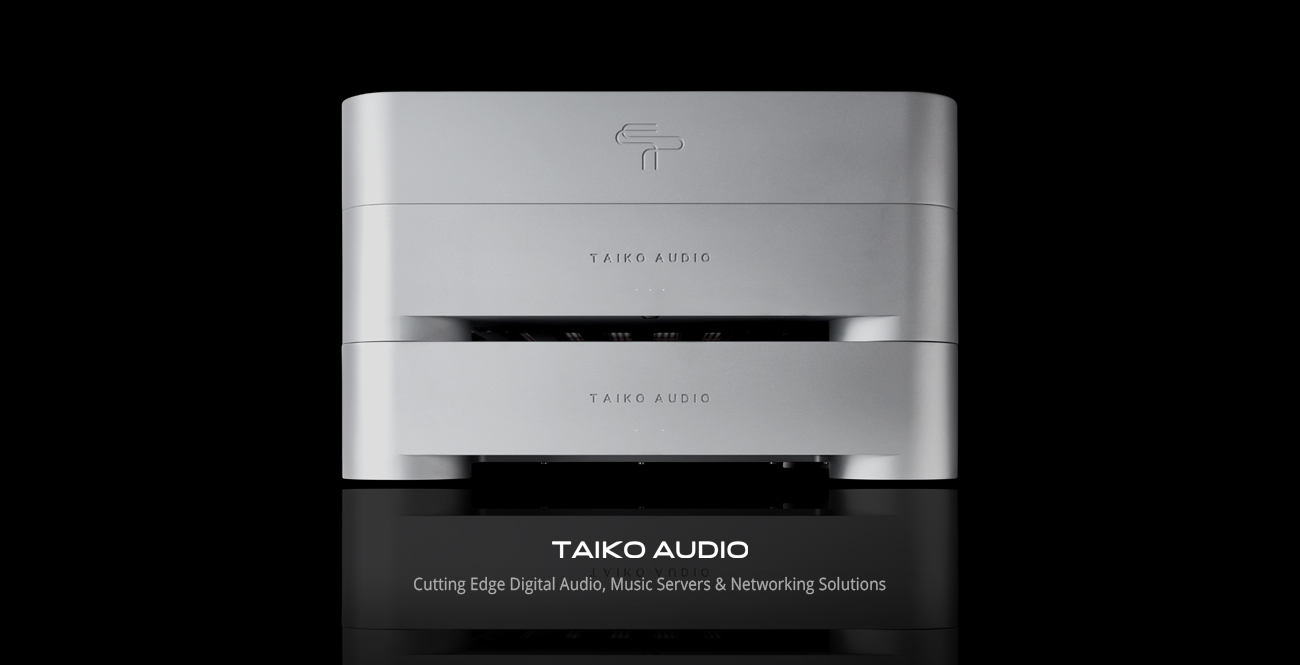Dear all, today, I finally finished updating the Olympus documentation.
The Olympus Manual has been thoroughly revised and is now called the Complete Manual. All the information has been re-assessed, simplified, or further clarified, and everything is now much more clearly grouped. Unavoidably, however, this manual still contains a lot of text.
We already supplied each Olympus product with a printed Quick Start A4 leaflet. Of course, a single piece of paper can only contain so much information.
To fill the void between these two documents, and to better accommodate those who wish to get started listening to their Olympus product as quickly as possible, there is now also a Summarized Manual. Although it may still seem lengthy if you look at the number of pages, it has much more white space to facilitate quick and easy browsing and contains roughly half the amount of words of the Complete Manual.
Please find both manuals attached to this post. As always, please feel free to share thoughts and suggestions. If any section is still unclear, I will be happy to remedy this!
 Olympus - Complete Manual
Olympus - Complete Manual
Olympus - Summarized Manual

